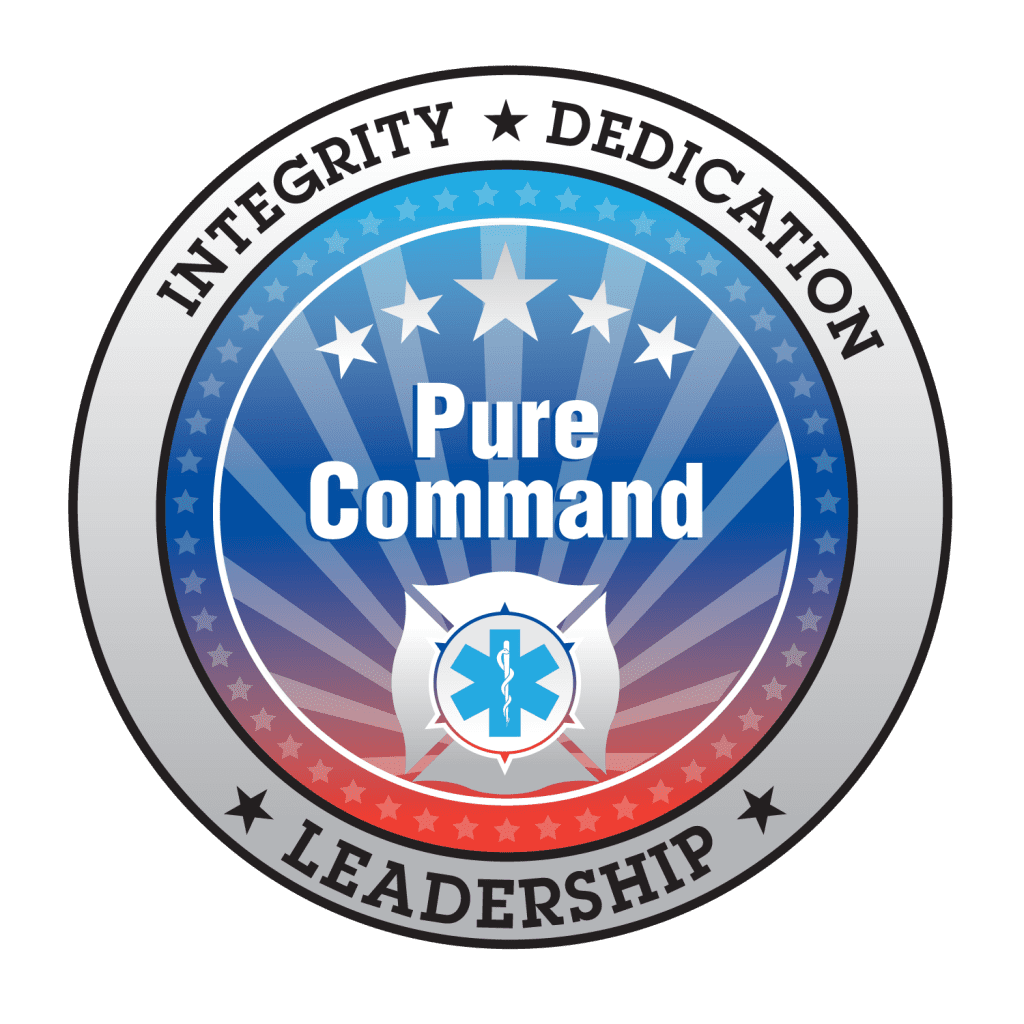In August 2003, the US Fire Administration created a focus group that included fire and emergency services officers and experts (nationwide) to discuss and determine how to best implement Type 3 Incident Management Teams (IMTs). The focus group agreed to stay with the basic National Wildfire Coordinating Group (NWCG) Incident Command System (ICS) training and typing models for the all-hazards emergency response community.
A type 3 IMT is a multi-agency/multi-jurisdictional team with the responsibility of managing incidents that have extended durations and are managed at the local, state, or tribal level. It is a designated team of trained individuals from different departments, organizations, agencies, and jurisdictions. Type 3 IMTs are deployed as a team of 10-20 trained personnel, representing multiple disciplines who manage major and/or complex incidents requiring a significant number of local, state, or tribal resources. They manage incidents that extend into multiple operational periods and require a written Incident Action Plan (IAP). These incidents can include weather-related disasters such as a tornado, earthquake, or flood; a joint law enforcement operation; public health emergency; or a planned exercise or event. A Type 3 IMT may initially manage more complex incidents that later transition to a National Level IMT.
An Incident Management Team (IMT) is a comprehensive resource to either augment ongoing operations through provision of infrastructure support, or when requested, transition to an incident management function to include all components/functions of a Command and General Staff. An IMT:
Includes command and general staff members and support personnel
Has statutory authority and/or formal response requirements and responsibilities
Has pre-designated roles and responsibilities for members (identified and able to be contacted for deployment)
Is available 24/7/365
In today’s world, an IMT must rely on technology to properly execute their mission. As an example, upon arrival at an active incident, the IMT’s Incident Commander (IC) will meet with the local IC and the Agency Administrator (County Executive, City Manager or Mayor, etc.) to determine what they desire/expect from the IMT, and to obtain any necessary delegation of authority. The incoming IC will then brief the rest of the incoming IMT about their role/expectations. The IMT will then integrate as requested into the current ICS structure.
Managing a task of this magnitude using paper and pen is nearly impossible. Within hours, if not minutes, the scribe will likely fall behind the incident. As such, the ability to gather information via a tablet or smartphone is a basic starting point. From that point, being able to accurately collect, analyze and distribute data related to the incident will be essential to the success of the IMT. During the coming few weeks, we’ll discuss how technology can assist an IMT, its IC, and those agencies that have responsibility during an active, prolonged incident.


